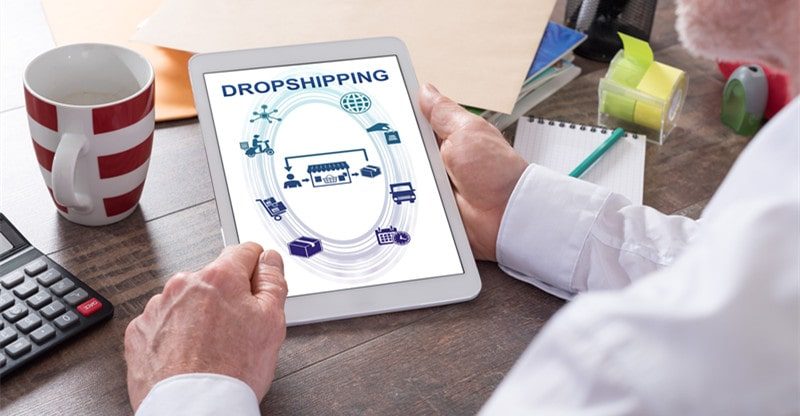The Advantages of Dropshipping: Is It the Right Business Model for You?
The low barrier of entry into the dropshipping business model has resulted in fierce competition among e-commerce sellers. This can drive down profit margins as most popular products have multiple sellers and often sell at wholesale prices.
However, since the bulk of order fulfillment falls on your suppliers, sales growth is possible with fewer growing pains than in other models.
No Inventory
With the dropshipping business model, retailers don’t have to invest capital in purchasing inventory or finding a place to store it. They also don’t have to spend time and money sourcing products or hiring employees to fulfill orders. This significantly reduces startup costs and allows small businesses to compete with large corporations that can afford to purchase and stock inventory in mass quantities.
However, this low barrier to entry can also lead to fierce competition. As more businesses start operating in the same space, margins can decline. For example, a large online retailer can reduce prices on popular products by cutting costs or investing in advertising.
By contrast, a smaller merchant that offers niche products can remain profitable if it has an agreement with a supplier to fulfill these items. Specialized automotive parts, for instance, are not generally available off the shelf and would be expensive for most notable stores to keep in stock. Dropshipping gummies that help with sleep is also a very profitable option. You’ll just need to find a reliable supplier and go on from there.
No Shipping Costs
One of the biggest perks of dropshipping is that you don’t have to pay for the inventory upfront or facilitate storage, packaging, and shipping. Instead, you forward orders to suppliers who will fulfill them and send them to your customers. This means you can run your business from anywhere worldwide — so long as you have an internet connection.
This is a handy feature if you sell products that require special handling, such as delicate materials or items that must be stored under certain conditions. You can also use this model to test new products before investing the capital required for mass production and distribution.
Another perk of dropshipping is that infrastructure costs don’t skyrocket as your business grows. This frees up your time and budget to focus on marketing and customer service, allowing you to build a solid brand and compete effectively with more established competitors. The bottom line is that with the right partners, you can minimize your overall overhead and make it easy for customers to buy from you.
No Customer Service
In traditional e-commerce, the business owner can address customers’ questions about product quality, shipping speed, or return policies. But with dropshipping, the store owner is at the mercy of their supplier, who may only sometimes be able to meet customer expectations.
While this may be a disadvantage, it also means that business owners can focus on their marketing strategies and customer experience instead of worrying about infrastructure costs. As orders increase, the supplier handles fulfillment and shipping while the retailer focuses on scaling their advertising campaigns.
Additionally, the dropshipping model can be an effective way to test out new products without risking inventory investments. If a new line of products doesn’t take off, the retailer can easily cancel or unpublish the item, eliminating the risk of losing money on unsold inventory.
As with any retail strategy, it’s essential to manage funds effectively to ensure profitability in the long run. Monitor profit margins and reevaluate your dropshipping partnerships regularly to ensure you get the best deals.
No Risk
Dropshipping is an excellent option to start a business that you can operate remotely. It eliminates the need to purchase inventory or rent warehouse space. Instead, you can use an online storefront to sell products you’ve designed or found in the marketplace.
The perks of dropshipping don’t end there, though. You can also scale your operations with minimal additional work by leveraging your wholesale suppliers’ inventory and fulfillment capabilities. In other words, if you receive three times as many orders as you did the previous week, your suppliers will likely handle much of the additional work.
However, remember that this means you have little control over stock and shipping. If your supplier runs out of an item, it will impact your customers and potentially damage your brand. That’s why working with a reliable supplier that communicates well and can provide a fast turnaround on customer service issues is essential.



